AO Edited
Ruta de la Amistad (Friendship Route)
A series of modernist, abstract sculptures form a route created as part of the 1968 Olympics' Cultural Olympiad.
The 1968 Summer Olympics left a lasting, complicated legacy in Mexico City. The most infamous event related to it being the Tlatelolco Massacre, which took place a few days before the opening ceremony. Major infrastructure and cultural works have also been left behind, making the modern-day memory of the event a difficult one for most Mexicans.
One of these projects that has managed some positive appreciation recently is the Friendship Route, or Ruta de la Amistad, the brainchild of Mathias Goeritz (who would spearhead a similar project in 1979, called Espacio Escultórico). Goeritz was born to a German family in Poland and migrated to Mexico in 1949. There he developed most of his artistic career.
Goeritz conceived the project as part of the Cultural Olympiad, which runs parallel to the sporting event. Sculptors representing several countries were invited to create abstract, monumental pieces using concrete (by then a novel material for this type of art) in the south of the city, not far from the Olympic stadium and village.
The Route is organized into “Stations” for each sculpture, which are:
Station 1 - “Señales” (Signals), by Ángela Gurría representing Mexico.
Station 2 - “El Ancla” (“The Anchor”), by Willi Gutmann representing Switzerland.
Station 3 - “Las Tres Gracias” (“The Three Graces”), by Miloslav Chlupáč representing Czechoslovakia.
Station 4 - “Sol” (“Sun”), by Kiyoshi Takahashi representing Japan.
Station 5 - “El Sol Bípedo” (“The Biped Sun”), by Pierre Szekely representing Hungary.
Station 6 - “La Torre de los Vientos” (“The Tower of the Winds”), by Gonzalo Fonseca representing Uruguay.
Station 7 - “Hombre de Paz” (“Man of Peace”), by Constantino Nivola representing Italy.
Station 8 - “Disco Solar” (“Solar Disk”), by Jacques Moeschal representing Belgium.
Station 9 - “Disco Mágico” (“Magic Disk”), by Todd Williams representing United States.
Station 10 - “Reloj Solar” (“Sundial”), by Grzegorz Kowalski representing Poland.
Station 11 - “México,” by Josep Maria Subirachs representing Spain.
Station 12 - “Janus,” by Clement Meadmore representing Australia.
Station 13 - “Muro Articulado” (“Articulated Wall”), by Herbert Bayer representing Austria and United States.
Station 14 - “Tertulia de Gigantes” (“Gathering of Giants”), by Joop J. Beljon representing the Netherlands.
Station 15 - “Puerta de Paz” (‘Peace Gate’), by Itzhak Danziger representing Israel.
Station 16 - “Martine”, by Olivier Seguin representing France.
Station 17 - “Charamusca Africana” (“African Charamusca”), by Mohammed Melehi (also spelled Mohamed) representing Morocco.
Station 18 - “Untitled”, by Jorge Dubon representing Mexico.
Station 19 - “Puertas al Viento” (“Doors to the Wind”), by Helen Escobedo representing Mexico.
Outside these stations, three additional sculptures are considered part of the Route, but as guest pieces. They are “El Sol Rojo” (“The Red Sun”) by Alexander Calder representing the United States, “La Osa Mayor” (“Ursa Major”) by the project’s founder Mathias Goeritz and finally “Hombre Corriendo” (“Running Man”) by Germán Cueto, these last two representing Mexico. With these, the Route consists of a total of 22 sculptures.
Know Before You Go
The direction on the map marks the cloverleaf interchange of the Periferic Ring and Insurgentes Sur Avenue, where four of the sculptures can be located.
There are several maps online that show the locations of all sculptures on the Route. It is said Goeritz intended the sculptures on the route to be designed for "viewing from a moving car at 70 km/h without slowing down."
With a length of approximately 17 kilometers for the entire route, it is probably still best appreciated that way.



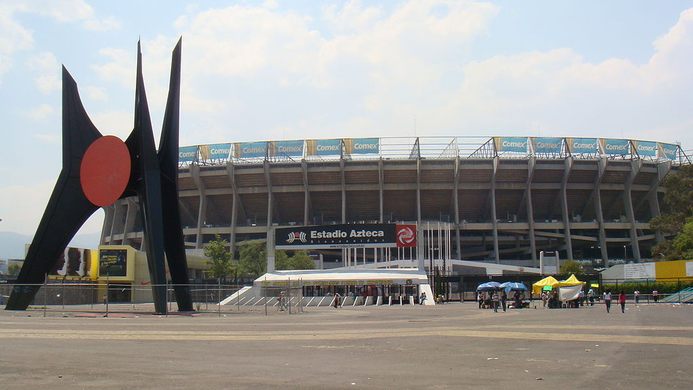










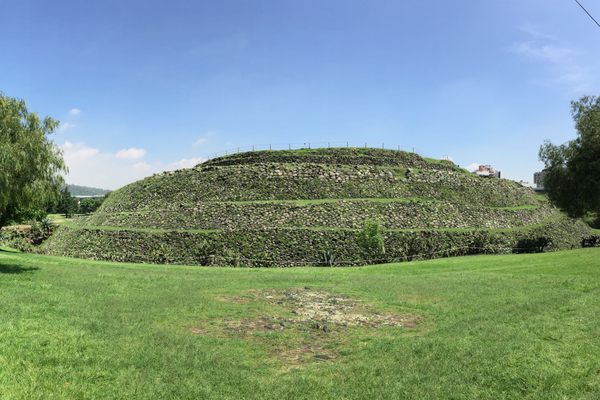

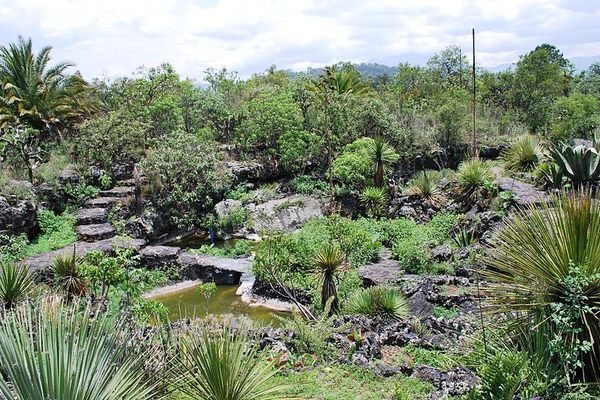


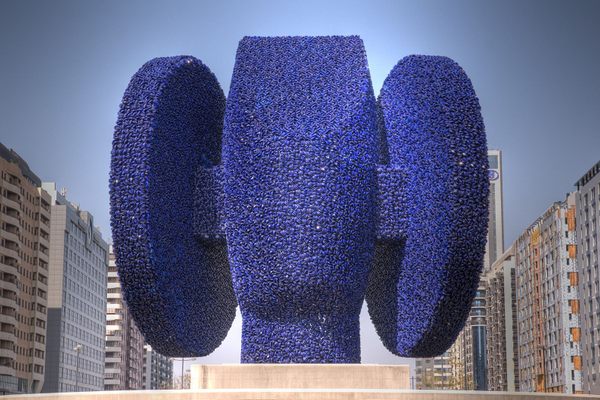
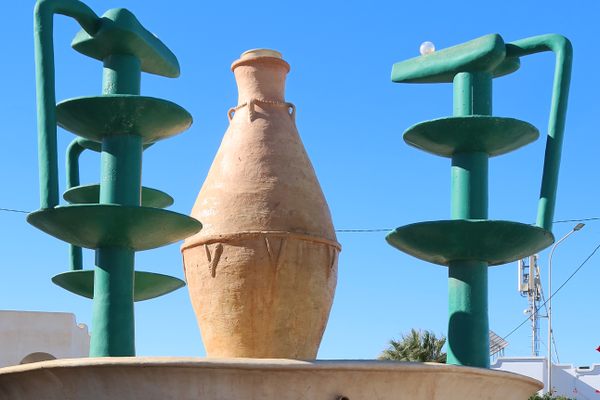


Follow us on Twitter to get the latest on the world's hidden wonders.
Like us on Facebook to get the latest on the world's hidden wonders.
Follow us on Twitter Like us on Facebook